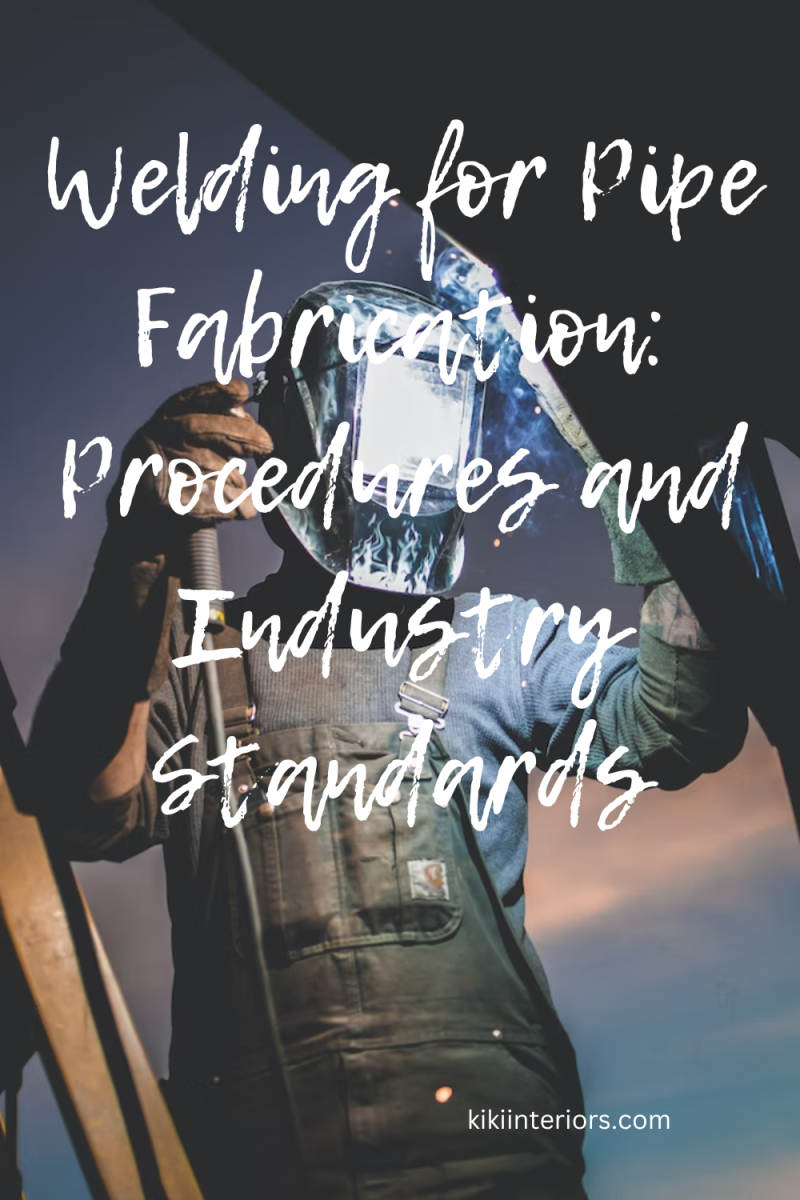
Welding is a vital process in the world of pipe fabrication. It has various applications in industries such as oil and gas, water supply, and nuclear power plants. New welding technologies have made it possible to achieve more efficient and accurate processes.
This article will look into welding procedures in pipe fabrication and industry standards to ensure a safe and reliable end product.
Understanding Welding Techniques
There are a variety of ways to weld pipes, but the three most popular are shielded metal arc welding (SMAW), gas tungsten arc welding (GTAW), and gas metal arc welding (GMAW). Each method has pros and cons, so assessing the project’s needs is important before settling on a welding technique.
Developing Specifications
Developing welding specifications is a meticulous process involving several key factors to ensure high-quality work and long-lasting results. The following considerations must be taken into account when creating detailed welding documentation:
Material Thickness and Type
Understanding the type of material (stainless steel, carbon steel, or alloy) and its thickness is vital in determining which welding technique should be employed. In addition, different materials may require unique heat treatments or filler metals to ensure strong welds.

Weld Joint Design
Analyzing the geometry of weld joints is essential in establishing effective specifications. For instance, butt joints may require a particular level of root penetration or bevel angle to achieve superior joint strength.
Weld Preparation
Proper weld preparation can significantly affect weld quality. This includes cleaning the joint area from contaminants such as oil, grease, or paint that may cause defects in fusion or inadequate penetration.
Preheating and Heat Treatment
Depending on material type and thickness, preheating may be necessary to alleviate stress within the material caused by rapid heating during welding. Additionally, some materials necessitate specific heat treatments post-welding to ensure optimal performance and durability.
Weld Procedure Qualification
Validating a welding procedure before its implementation in a live setting is vital. This process ensures that the chosen technique, filler metals, and other parameters are suitable for the project, ultimately eliminating costly or unsafe errors.
Welder Qualification
Ensuring that welders are qualified to perform the procedures outlined in the specifications is crucial. This may entail welder certifications or remedial training if gaps in knowledge or skill exist.
Quality Control Measures in Pipe Welding
In addition to adhering to industry standards, thorough inspections and testing methods are vital in ensuring quality welds:
1. Visual Inspection: Experienced personnel can perform visual inspections to detect surface irregularities in welds, such as porosity or cracks.
2. Radiographic Testing (RT): RT uses X-ray or gamma-ray technology to examine the internal structure of welds for defects like incomplete penetration or slag inclusion.
3. Ultrasonic Testing (UT): UT leverages high-frequency sound waves to examine internal weld characteristics and identify flaws that might otherwise go undetected.
4. Destructive Testing: This method involves cutting sections from welded joints to evaluate weld properties like tensile strength or hardness.
Welding is an indispensable aspect of pipe fabrication. However, it requires both skilled technicians and adherence to industry-established procedures and standards to ensure safety, reliability, and performance. Familiarization with common welding techniques used in pipe fabrication will improve processes and ensure compliance with regulations.




